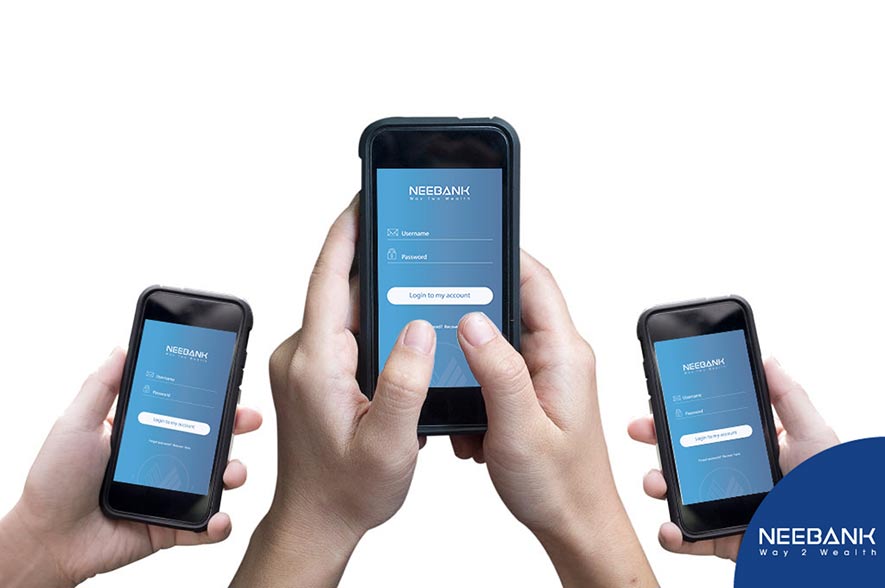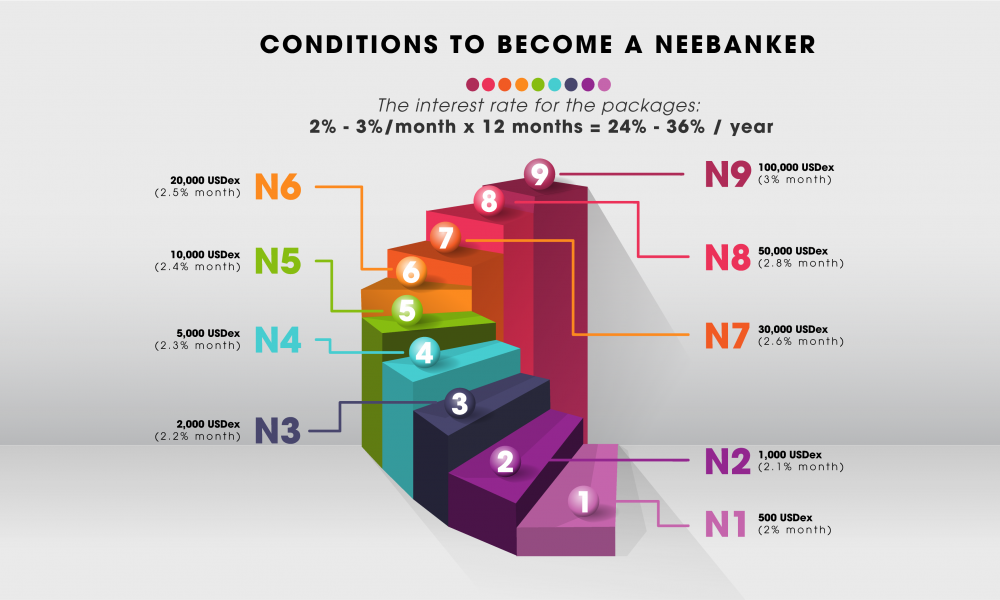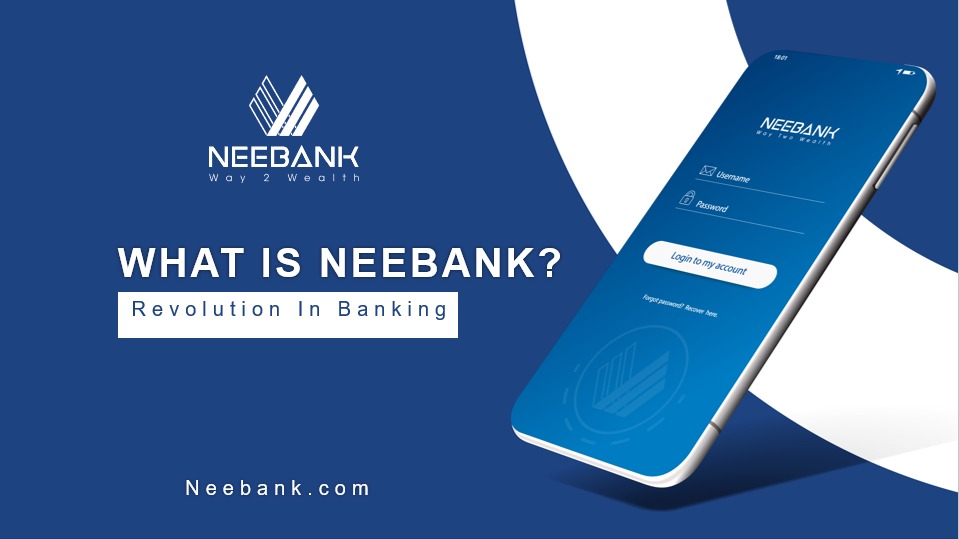
How Digital Banking Change Customer Experiences
Digital banking is starting to revolutionise customer’s behaviour, expectations and needs. Why? It makes the customer’s life easier which is exactly what they are looking for: being able to execute banking transactions with just one touch or one click instead of waiting in line at a bank and losing time.
The challenge however is that customers can still find it hard to resolve some banking issues regardless of the channel they are using which ultimately creates an opportunity for the banking sector to develop a transparent, trusted and user-friendly digital banking solution. Nowadays, the customer is put in the centre of any successful business, banking included. Developing effective omni channel tools will help banks push more towards an effective customer behavior.
Table of contents
Banks and customer behavior:
The way banks build and maintain relationships with their customers is fast changing just like any industry today. Because of the high level of competition, banks must be alert and adapt quickly to changes. There has been a switch in the operational culture of the banking system especially when it comes to customer related actions. The culture now consists of improving customer behavior and user experience by making banking easier. Banks have increased up to 74% of their innovation strategy (such as chatbots, apps, mobile wallets etc.) up from 39% in 2009. In a matter of years, we have seen a dramatic evolution and shift away from traditional face-to-face banking towards digital banking, using mobile apps and website platforms.

The following two major trends are emerging in digital banking:
- Banks are closing some of their branches in favour of digital banking and self-servicing
- Introducing chatbots that perform everyday tasks (automated financial assistant)
The digital age is dramatically changing the way banks engage with their customers, going beyond the concept of physical branches, urging the development of tech solutions to meet with the demands of today’s everyday life. The top tech solutions that clients ask for are the following:
- Online payments
- Mobile reports
- Omni channel

Modern customers’ needs in digital banking:
Consumers´ needs for quick, efficient service that they can trust and believe are redefining the way banks are handling their interactions and communication with the customer. Banks have been utilising artificial intelligence (AI) to their benefit by recollecting information about their clients to provide a better customer behavior and recognise the customers’ needs better. This will also help to assist and offer them with the adequate service(s)/petition(s). Banks have now more than ever, the opportunity to interact with their customers in a more engaging way. Through digital banking and data research thanks to AI, banks can know more about their clients purchasing behaviours and receive feedback from that. That way, banks can find the real pain points of their customers, redefine the banking experience and provide their customers with new solutions, that will satisfy their needs and expectations.
According to the report, more than three-quarters (78 percent) of bankers believe that AI will enable simpler user interfaces that will help banks create a more human-like customer experience. What’s more, nearly 80 percent believe that AI will revolutionize the way banks gather information and interact with customers, and three-quarters (76 percent) believe that, within three years, banks will deploy AI as their primary method for interacting with customers.” Survey held with more than 600 bankers.
BUT customers still like to have a personalised service which takes us to another pattern – hyper-personalisation services such as:
- Digital wallets
- Limited unique selling propositions
- Staying relevant to the client
Banking in the digital age: offering a unique User Experience
The focus is on digital products to meet customers’ needs in banking. More people are opting for digital banking rather than traditional banking simply because it is more convenient (mostly millennials but we can see this trend amongst older ages that are keen on digital banking).
“As a matter of fact, according to a study performed by Adobe, one in five Millennials and one in seven Gen Xers would apply for a new account or loan using their phone, and 92 percent of Millennials consider their smartphone their primary device against 84 percent of Gen X who claim to feel the same way. Another interesting data in this study is that 20 percent of Millennials would apply for a new account or loan using a mobile device, while 14 percent of Gen X and only 2 percent of Boomers would do the same.”
For banks, there is a need to offer a unique user experience for customers since seamlessness and accessibility is what the client is seeking. What worked for banks 10 years ago, does not apply anymore in a world ruled by high speed internet and AI (artificial intelligence).
What is trending in the banking sector (and the digital era in general) are new and innovative systems to attract and retain customers.
Why? Because the customer is looking for an easy-to-use and personal experience and so, there is a need to start designing a user experience (UX) that is more personalised, digital, user-friendly and omni channel (across all platforms). Insisting on being user-friendly because when the digital platform is seamless and easy to navigate it will be more engaging for the user and more beneficial for the bank.
What we should keep in mind is that customers expect an easy and seamless digital experience and if not, banks will face loss of customer loyalty and customer retention. And never forget that the more seamless digital banking is, the better. It is all about the experience from there on.
The next big thing to hit the banking and finance sector is live streaming video which is revolutionising the banking services and enabling real time customer behavior. A great tool for real time marketing, which is proven to impact on conversion rate and is the future of any banks’ content strategy.
 Why Should Businesses Accept Money 4.0 Now?
Why Should Businesses Accept Money 4.0 Now?





